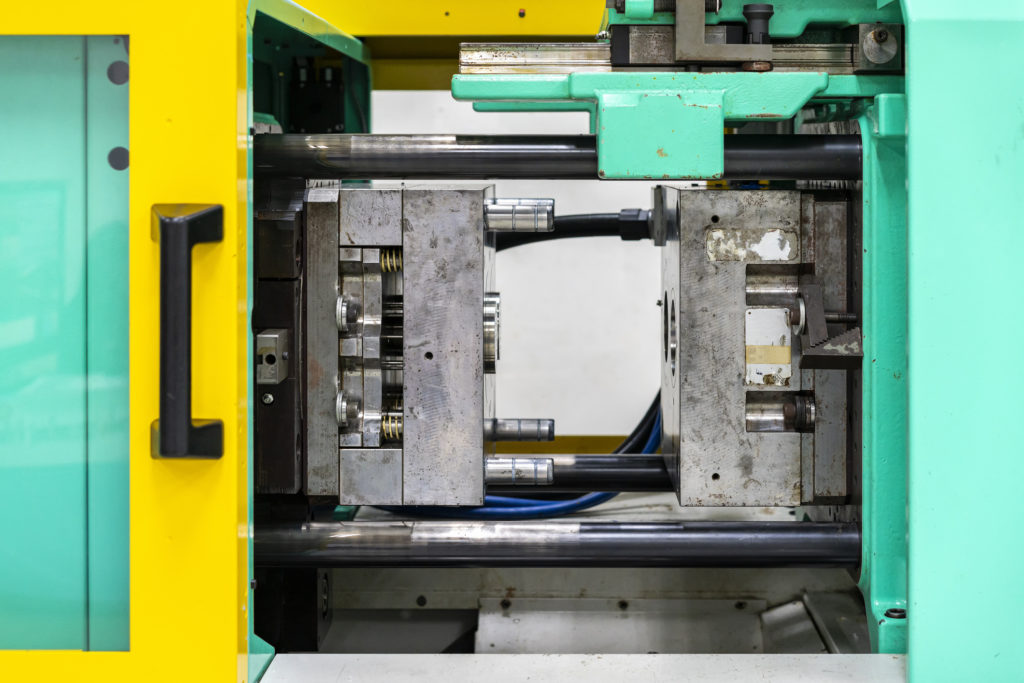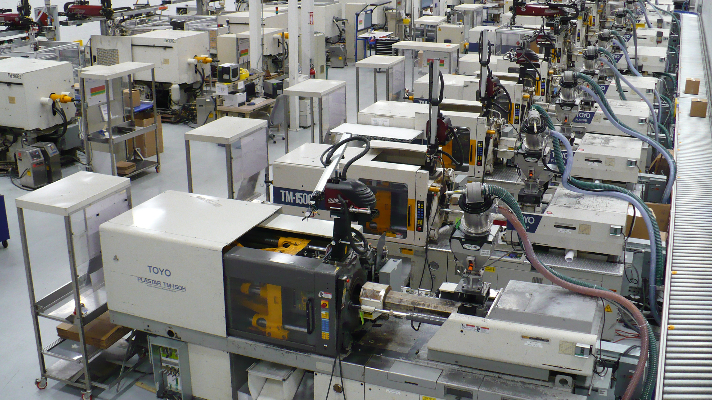Recognizing the Fundamentals of Plastic Injection Molding Processes
Plastic shot molding functions as a cornerstone of contemporary manufacturing, supplying a systematic approach to creating complex parts with precision. This procedure not just includes the basic steps of melting and infusing materials into mold and mildews however additionally entails a nuanced understanding of various affecting elements, such as temperature level and pressure. As markets increasingly demand efficiency and high quality, the intricacies of this technique end up being extra essential. Checking out these necessary components could reveal just how even small changes can lead to considerable enhancements in manufacturing outcomes, elevating questions about the potential for technology in this well-known procedure.
What Is Plastic Injection Molding?
Plastic shot molding is a commonly utilized manufacturing procedure that transforms polycarbonate and thermosetting materials right into exact and intricate forms. This strategy is favored for its capability to create high volumes of similar parts with remarkable accuracy, making it a crucial approach in numerous industries, including vehicle, durable goods, and medical tools.
The procedure entails thawing the selected plastic product and injecting it into a mold under high stress. The mold and mildew, created to the specs of the desired part, permits the molten plastic to take shape as it solidifies and cools. When the product has hardened, the mold is opened, and the finished component is ejected.
Plastic shot molding offers numerous advantages, including reduced waste, consistency in production, and the capacity to incorporate elaborate layouts that might be challenging with other manufacturing approaches. Furthermore, it supports a wide variety of products, each giving one-of-a-kind homes that can be customized for certain applications. As markets remain to introduce, plastic shot molding stays at the center, making it possible for the advancement of advanced products that meet developing customer demands.
The Injection Molding Refine
The injection molding procedure is an innovative method that involves several key stages to create top notch plastic elements. Originally, plastic pellets are fed right into a warmed barrel where they are merged a viscous fluid. This molten plastic is after that infused under high pressure into a precision-engineered mold and mildew, which shapes the product right into the wanted kind.
Once the mold is filled up, the plastic is allowed to solidify and cool, taking the form of the mold and mildew cavity. Cooling time is critical, as it affects the cycle time and the final buildings of the shaped part. After sufficient cooling, the mold opens, and the completed element is ejected utilizing ejector pins.
Materials Utilized in Injection Molding
Different products can be used in the shot molding procedure, each offering one-of-a-kind buildings that accommodate particular applications. One of the most generally made use of products consist of thermoplastics, thermosetting plastics, and elastomers.

Thermosetting plastics, like epoxy and phenolic resins, go through a chemical modification throughout the curing procedure, leading to an inflexible, inflexible structure. These Visit This Link products are excellent for applications calling for high warm resistance and architectural stability, often used in electric insulators and automobile parts.
Elastomers, consisting of silicone and rubber-based products, supply adaptability and resilience. Their one-of-a-kind properties make them appropriate for applications that demand flexibility, such as gaskets and seals.
In addition, specialized important source products like bio-based plastics and composites are obtaining traction for their environmental benefits and enhanced performance characteristics, broadening the scope of shot molding applications in numerous sectors. Recognizing the residential properties of these materials is critical for selecting the proper kind for details tasks.
Benefits of Injection Molding
Injection molding stands apart as a highly effective manufacturing process that provides many advantages for generating complex get rid of precision. Among the most significant advantages is the capability to create detailed designs that would certainly be difficult or difficult to accomplish with various other methods (Plastic Injection Molding). The procedure enables for detailed attributes and limited tolerances, guaranteeing top notch elements
Furthermore, shot molding is known for its quick production capabilities, making it a perfect selection for high-volume manufacturing. When the mold is produced, parts can be created promptly, lowering lead times and increasing total productivity. This efficiency not just decreases manufacturing costs however also provides an one-upmanship on the market.
The flexibility of products utilized in shot molding further improves its appeal. A large range of thermoplastics and thermosetting polymers can be employed, enabling makers to select products that ideal meet their details needs, including stamina, adaptability, and warm resistance.
Furthermore, the process lessens waste, as excess material can often be reused and recycled. This sustainability element adds to a lowered environmental impact, making shot molding a responsible manufacturing selection. On the whole, the benefits of shot molding make it a favored technique for numerous sectors.
Variables Impacting Product Quality
While many factors can influence item quality in shot molding, recognizing these elements is critical for accomplishing optimum outcomes. Secret aspects consist of material choice, processing parameters, and mold and mildew design.
Product choice plays an important role, as various polymers exhibit unique properties that impact flowability, stamina, and thermal security. Insufficient material choice can lead to defects such as bending or incomplete dental filling.
Processing specifications, including temperature, pressure, and cycle time, have to be diligently regulated. Variations in these settings can cause disparities partly measurements and surface area coating. Excessively high temperature levels might trigger destruction of the polymer, while insufficient stress can result in short shots.
Mold this and mildew design is equally vital, as it identifies the flow of the molten plastic and the cooling process. Poorly designed molds might cause uneven cooling prices, causing dimensional errors and recurring anxieties.

Final Thought
To conclude, plastic shot molding works as a vital manufacturing procedure that makes it possible for the effective manufacturing of top quality elements. Mastery of the shot molding procedure, including the understanding of products and the impact of numerous elements on product top quality, is important for achieving optimal outcomes. The benefits of this approach, such as cost-effectiveness and design flexibility, further underscore its importance across multiple markets, strengthening its status as a preferred choice for high-volume manufacturing.
Plastic shot molding serves as a keystone of modern-day production, providing a methodical method to creating complex parts with precision.Plastic injection molding supplies numerous benefits, consisting of reduced waste, uniformity in production, and the capability to incorporate elaborate styles that may be testing with other making techniques (Plastic Injection Molding). As markets proceed to introduce, plastic shot molding stays at the center, allowing the advancement of sophisticated items that fulfill evolving customer needs
The shot molding procedure is a sophisticated strategy that involves a number of key phases to generate top quality plastic elements.In final thought, plastic injection molding serves as a crucial production process that allows the effective manufacturing of top notch parts.